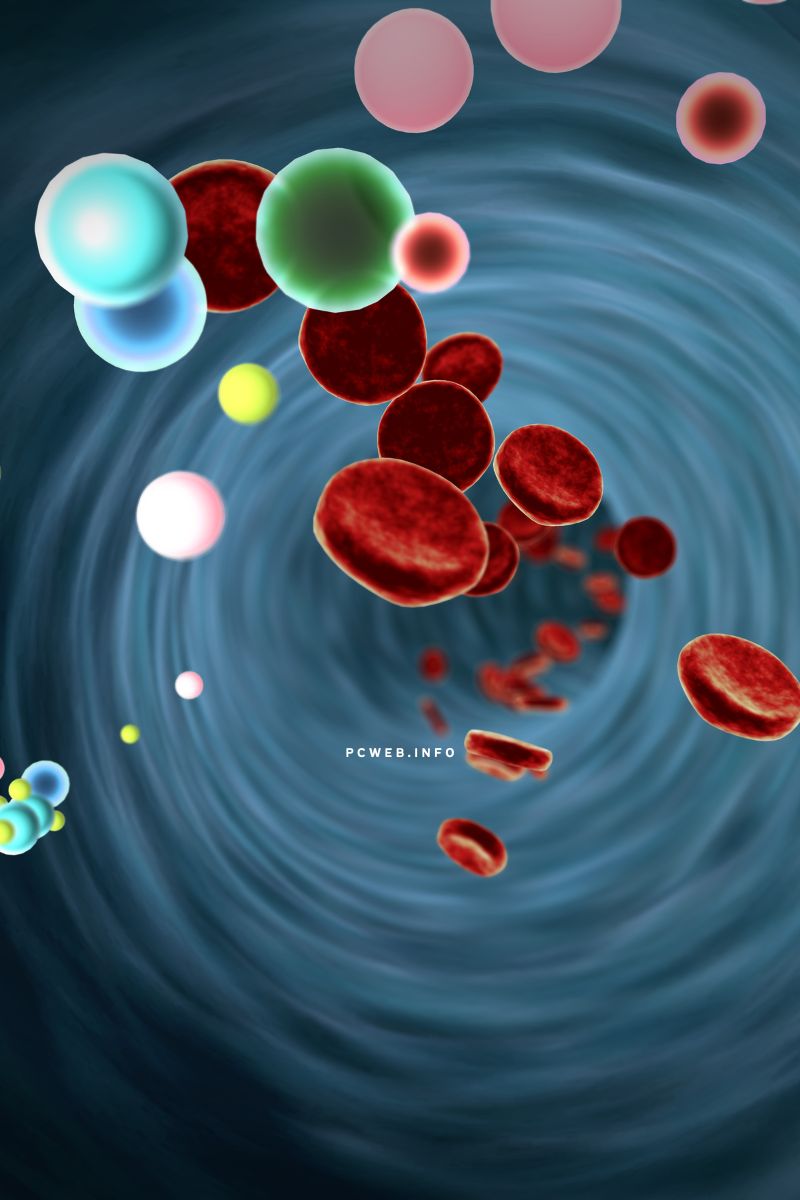Ernst Felix Hoppe-Seyler Immanuel came into the world on December 26, 1825 in Freyburg, Unstrut, a region of present-day Saxony in Germany. His childhood was marked by the loss of his parents, leaving him an orphan. However, his educational path was guided by the supportive hand of his brother-in-law, who supported him in his growth and education. As a gesture of gratitude to his brother-in-law, he adopted the name “Hoppe-Seyler”.
After dedicating himself to medical training in Halle and Leipzig, he finally completed his studies in Berlin in 1851, obtaining his medical degree.

Later, he would play the role of Rudolf Virchow’s assistant at the Berlin Pathological Institute. However, Felix Hoppe-Seyler would manifest a deeper inclination towards research rather than medical practice, although he would also serve as a professor at the universities of Tübingen and Strasbourg. His legacy establishes him as the pioneer of biochemistry (known as physiological chemistry in his time) and molecular biology.
In 1862, Felix Hoppe-Seyler managed to crystallize a protein present in red blood cells, which gives the distinctive color to this vital fluid. This protein, known as hemoglobin, has the crucial function of binding oxygen in the lungs and transporting it to tissue cells, where it is released. It was he who baptized this molecule “hemoglobin” (derived from the Greek roots “haima” which means blood, and “globin” which comes from “globulin”, the category of proteins to which it belongs). When hemoglobin binds with oxygen, it becomes oxyhemoglobin.
Felix Hoppe-Seyler’s notable disciples included Paul Ehrlich and Friedrich Miescher.
However, his scientific exploration was not limited to these achievements. He also ventured into the study of pus, bile, milk and urine. He was the first scientist to discover the characteristic optical absorption spectrum of blood and to purify lecithin, establishing its composition.
Felix Hoppe-Seyler’s life came to an end in Wasserburg, in the kingdom of Bavaria.
Editions 2012-23
External resource: Britannica
Read also: PAULINE FOURÈS Biography history; History of Cloud computing; General Motors history, origin, evolution, GM
- IBM AI Product Manager professional Certificate Review, opinión: De la Pizarra a la Práctica – Un Veredicto de Consultor con 16 Años de Experiencia - October 31, 2025
- Las 22 leyes inmutables del marketing, Al ries, Jack Trout; resumen; lo que no sabías - October 26, 2025
- Jack Trout Biografía, Historia y Su Impacto en el Posicionamiento - October 26, 2025